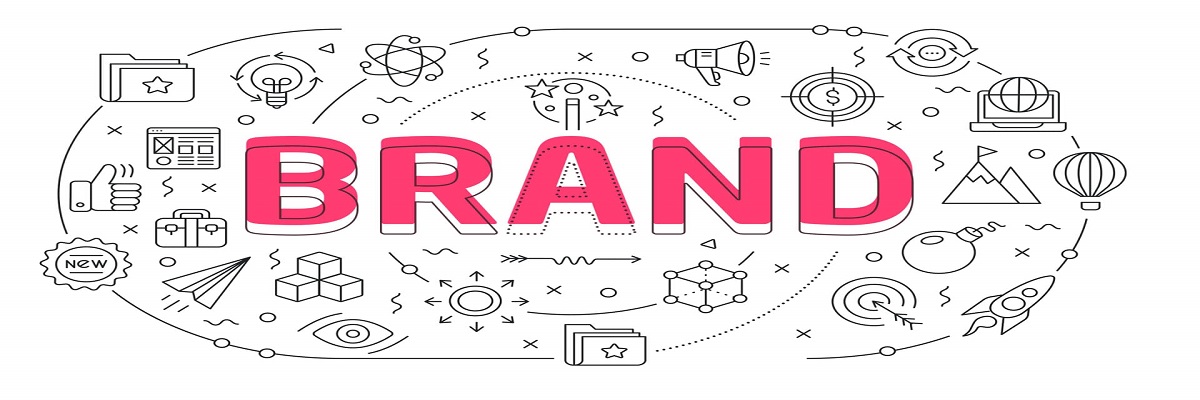Realising your employees can be one of your best assets for reaching new audiences and connecting with potential customers is an important part of achieving your organisation’s true potential.
When you allow your employees to be active participants in the way your company operates, evolves and embodies its brand values, you’re allowing them to become ambassadors for your organisation who can portray you in the best possible light.
We explore a few ways you can make your employees even better brand ambassadors so they can show the world the real value of your company.
1. Recognise the Value of Brand Ambassadors
Building brand awareness within your employee’s networks. The more senior and respected in their fields they are, the more credibility you can gain from having someone truly invested in your brand representing your organisation.
When people from the outside look at your company, the way your employees behave will affect public perception. If they are seen as aligned with your brand’s goals, people will recognise the broader unity and alignment of your company.
Employees who are truly engaged and interested in the same goals and vision as your company will help to drive company culture and improve motivation.
Employees can bring your brand to life and show to external parties, whether its customer, clients or investors, that your business has cohesion and is made up of committed individuals who genuinely care about their roles.
Even past employees will have an influence on your reputation in the market, whether it’s communicating to their channels about your work culture or leaving reviews on job sites. The employee experience should be managed well from start to finish.
Once you recognise these things, you can be better prepared for giving your brand ambassadors what they need to be even better.
2. Spread Word About Your Company Vision and Values
Communicate to all your employees why and how you are doing what you do as a business and brand. You don’t necessarily need to be trying to change the world, but giving people a greater purpose and shared values will help to shape their actions within the context of your overall goals and direction as a business.
If your employees can’t understand why your brand is different to any others in the market, then they’re not going to be able to explain to external parties why they should be interested. It could be your approach to sourcing products, commitment to quality, or the desire to instigate change and improvement in your sector, for example. The important thing is that your own people truly get what it is that makes you unique.
We would recommend bringing employees together regularly to discuss your company vision and the role that they play in achieving it. Addressing this early on during the hiring process is also essential, as is establishing strong leadership to show how brand values should be executed in practical terms. You must ensure individuals understand how it applies on a day-to-day level.
3. Empower Employees to be Better Brand Ambassadors
Intrinsic motivation to embody an organisation’s values because they align with their own is a huge factor in the effectiveness of your brand ambassadors. However, this doesn’t mean that suitable rewards and incentives don’t help to increase the experiences your employees have when working for you, and their motivation to communicate the great things you’re doing to others.
Recognition and rewards programs that encourage employees to embody your company’s brand values are incredibly powerful in improving employee engagement.
We would also recommend creating content that is easy for your employees to share, and disseminate this to them regularly through internal channels of communication. If there are big changes coming up or exciting announcements, make sure your employees are the first to know and give them promotional content, infographics, presentations or other assets that can be used by them to better share information with their networks
Want to Learn More?
If you’re looking to go deeper into building a strategy for creating and empowering internal brand ambassadors, we’d be happy to offer advice tailored to your industry, services and brand values.

